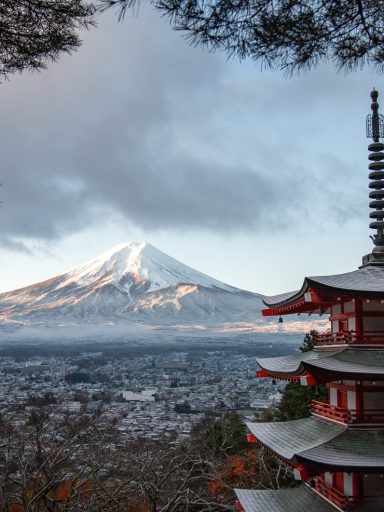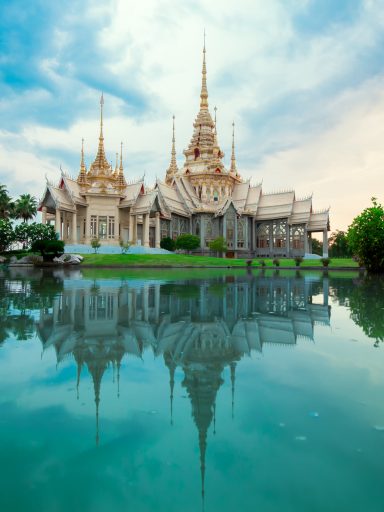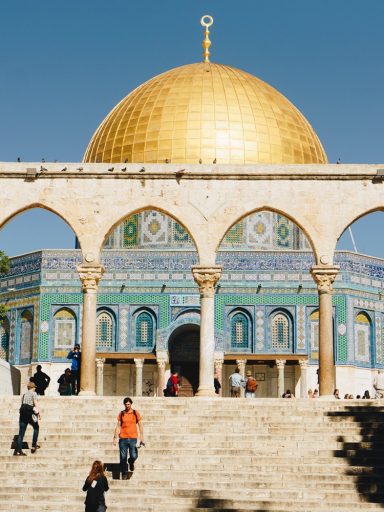Embark on an unforgettable adventure to a land where tradition meets modernity, where lush landscapes coexist with bustling cityscapes. South Korea, a captivating East Asian gem, offers a perfect blend of rich culture, diverse nature, distinctive architecture, efficient transport, and an array of attractions. In this guide, we’ll take you through the cultural tapestry, natural wonders, climatic nuances, architectural marvels, convenient transport, and must-visit cities with their unique attractions. Let’s make your South Korean journey a truly memorable one.
Culture:
South Korea boasts a culture steeped in history and tradition. From ancient palaces to modern K-pop, you’ll find a fascinating blend of the old and the new. Don’t miss the chance to witness a traditional Hanbok-clad performance, delve into the art of tea ceremonies, and explore the intricate beauty of Korean pottery.
Nature:
Nature enthusiasts will be enthralled by South Korea’s diverse landscapes. From serene cherry blossom festivals in spring to hiking trails in the majestic Seoraksan National Park, the country offers a palette of natural wonders. Discover the picturesque beaches of Jeju Island and experience the beauty of the countryside in places like Boseong Green Tea Fields.
Climate:
South Korea experiences four distinct seasons, each offering a unique charm. Spring and autumn are ideal for mild temperatures and vibrant flora, while summer brings warmth and occasional monsoons. Winter transforms the landscape into a snowy wonderland, providing opportunities for winter sports enthusiasts.
Architecture:
Explore the architectural marvels that narrate South Korea’s history. From the grandeur of Gyeongbokgung Palace in Seoul to the modern skyline of Incheon, the architecture seamlessly blends the old and the new. Be sure to visit the traditional Bukchon Hanok Village for a glimpse into traditional Korean homes.
Transport:
Efficient and well-connected transport makes exploring South Korea a breeze. The high-speed KTX trains link major cities, providing a quick and comfortable way to traverse the country. Extensive subway systems in cities like Seoul ensure easy access to attractions. Taxis are readily available, and buses connect even the most remote areas.
Payment Instruments:
Credit cards are widely accepted in urban areas, but it’s advisable to carry cash for smaller establishments and rural areas. ATMs are readily available, and currency exchange is convenient, ensuring a seamless financial experience.
Attractions:
Popular Cities:
- Seoul:
- Gyeongbokgung Palace: Immerse yourself in royal history at the largest of the Five Grand Palaces.
- Insadong: Wander through this cultural district, known for its antique shops and traditional tea houses.
- Busan:
- Haeundae Beach: Enjoy the sun and surf at Korea’s most famous beach.
- Jagalchi Fish Market: Experience the vibrant atmosphere of South Korea’s largest fish market.
- Incheon:
- Incheon International Airport: A marvel of modern architecture and one of the world’s busiest airports.
- Chinatown: Explore the colorful streets and enjoy Chinese-Korean fusion cuisine.
- Jeju Island:
- Hallasan National Park: Hike to the summit of Hallasan, South Korea’s highest peak.
- Manjanggul Cave: Marvel at the stunning underground formations in this UNESCO-listed cave.
- Gyeongju:
- Bulguksa Temple: A UNESCO World Heritage site, renowned for its architectural beauty.
- Seokguram Grotto: Admire the exquisite stone-carved Buddha overlooking the East Sea.
Restaurants:
- Myeongdong Kyoja, Seoul:
- Specialty: Kalguksu (handmade noodle soup) and Mandu (dumplings).
- Gwangjang Market, Seoul:
- Must-try: Bindae-tteok (mung bean pancakes) and Bibimbap (mixed rice).
- Jagalchi Fish Market, Busan:
- Fresh Seafood: Indulge in a variety of seafood dishes, from sashimi to grilled fish.
- Gamcheon Culture Village, Busan:
- Street Food Delights: Explore the vibrant alleys and savor local street food.
- Seongsan Ilchulbong Peak, Jeju Island:
- Haenyeo’s Meal: Enjoy seafood caught by Jeju’s famous women divers, the Haenyeo.



